We know the way: Disney’s Moana enchants with Polynesian culture
Sophomore Hope Kutsche lets Disney’s Moana inspire her look.
November 28, 2016
Walt Disney Animation Studios released its newest animated film Moana on November 23, chronicling a 16-year-old Pacific Islander girl who sets out on an ocean adventure to save her village. The film reflects Disney’s neverending expertise in the area of animation, coupled with beautiful music and casting as a testament to Oceanic culture.
Moana opens with the mischievous demi-god Maui (Dwayne Johnson), who steals the heart of the goddess of creation, Te Fiti, but finds himself quickly overpowered by the demon Te Kā who loses the heart in the ocean. It later finds a young Moana (Auli’i Cravalho), the daughter of the island chief, who longs to explore the sea but feels a responsibility to her people. When the stolen heart begins to destroy the island, Moana must track down Maui and travel back to Te Fiti to return it to its rightful place.
The story links basic Disney qualities with South Pacific mythology so successfully that it keeps all audiences interested. With a heavy dose of the culture of Moana’s fictional island of Motunui, the story reflects traditional Polynesian storytelling practices and beliefs: the fire demon Te Kā resembles the Hawaiian Pele, the ocean acts as its own character with a distinct personality to reflect traditional personification, and Maui comes directly from Hawaiian mythology. Furthermore, directors John Musker and Ron Clements made multiple trips to South Pacific islands to accurately showcase the often-misrepresented culture, speaking to Pacific Islander professionals from archaeologists and historians to elders and tattoo artists. The testaments to South Pacific culture make the film shine beyond the storyline and showcase Disney’s capacity for innovative storytelling and Musker and Clements’ passion for bringing accurate and inspiring tales to their viewers.
Moana does find itself stuck in a bit of predictability reflective of the earlier films The Little Mermaid and Finding Nemo, but for the next generation’s children, the film acts as their first venture into the Disney storyline, so I can ignore the somewhat-pretentious complaint.
Disney’s Moana found its perfect star in sixteen-year-old Cravalho, a Hawaiian native who plays the title character with a natural gusto. Blessed with the ability to sing as well as act, Cravalho creates an enticing character torn between her love of adventure and the traditions of her people with such believability that it feels as if Cravalho herself is Moana; her personal experience growing up on stories of Maui and Polynesian culture add endearing charm.
Johnson plays the demi-god Maui with a perfect mix of humor, vulnerability, and faith in tradition. He successfully pulls off the well-known change from egotistical to wise without losing the audience’s interest in the character and the original mythology.
As one of the first companies to experiment with animation of all types, Disney’s legacy lives on through Moana. The film mixes 2D and 3D animation, highlighting the former to tell traditional tales. Filled with shots of the island Motunui and the ocean, the animation provides shockingly beautiful images with impressive clarity and realisticness. From literal tons of water to Moana’s complex and curly hair, almost no part of Moana called for easy animation and the complete detail to which Disney created each character reflects the almost five years spent working on the movie.
Furthermore, Moana pulls off its storytelling with a boost from the soundtrack, which includes twelve songs sung during the movie à la Beauty and the Beast or Mulan. Featuring songs written by the creator of the Tony Award-winning Broadway show Hamilton, Lin-Manuel Miranda, as well as Oceanic songwriter Opetaia Foa’i and composer Mark Mancina, each song adds to the culture of the movie and moves the plot and character motivations forward.
The powerful “How Far I’ll Go,” Moana’s “Reflection”-esque solo, showcases Cravalho’s beautiful voice, and multiple reprises, including the breathtaking spinoff “I Am Moana,” reflect the character’s battle between duty to her people and her love for the sea. The upbeat song for Maui, “You’re Welcome,” adds in an extra layer of humor as the demi-god gloats about all of his accomplishments. Furthermore, the gorgeous “We Know the Way,” which acts as the theme song of Motunui and swells with a chorus in the Tokelauan language, showcases Foa’i and Miranda’s craft.
Moana’s only fault, other than its predictability, lies in a disjointed middle. Moana and Maui’s fight with the huge crab Tamatoa (Jemaine Clement) feels out of place, and the monster’s main song, a David Bowie-esque tune written by Miranda called “Shiny,” messes with the entire tone of the film. In any other context, I may have enjoyed the song, but the battle itself felt rushed and without enough backstory to truly fit into the movie’s tapestry.
Still, Disney’s Moana triumphs with original characters, testaments to Polynesian culture, and breathtaking animation. Even by falling prey to the Disney boilerplate, Clements and Muskers’ piece matters less for its story and more for its beautiful and accurate representation of a culture unknown to many.
The Chant’s grade: A-




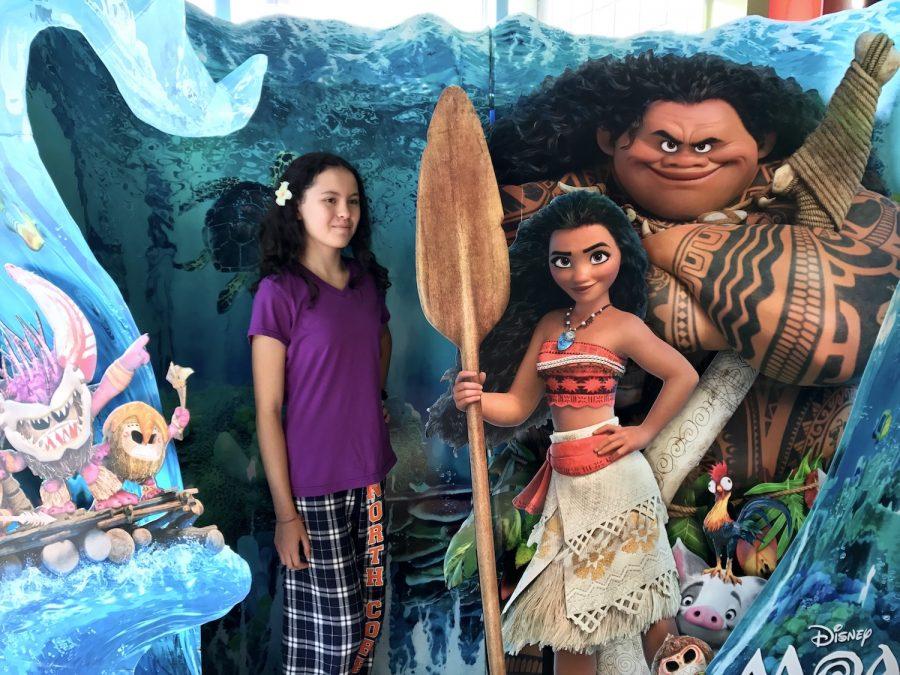
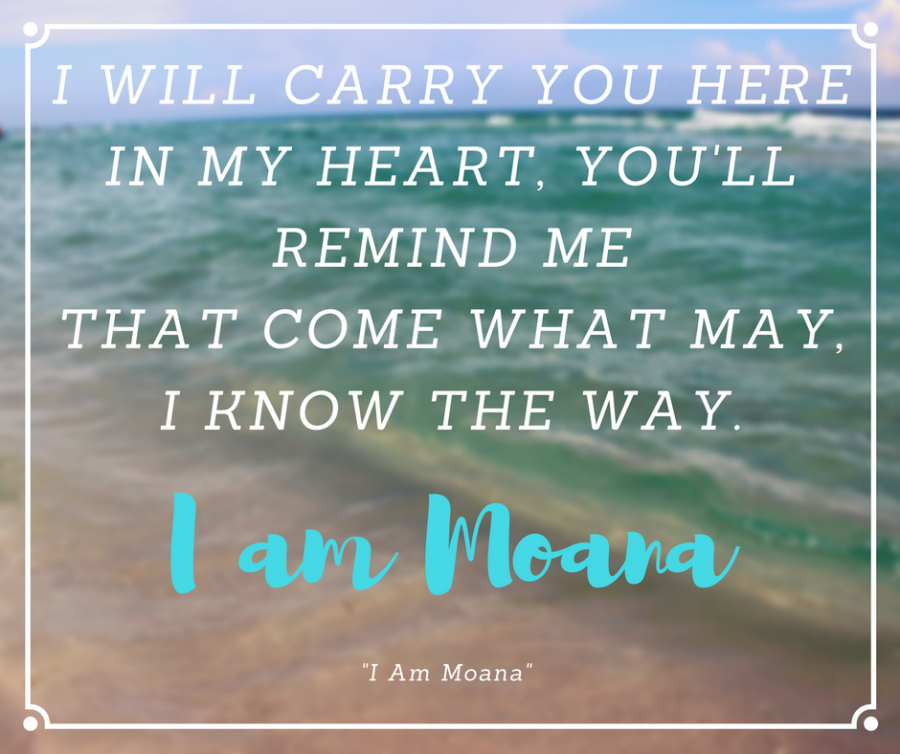
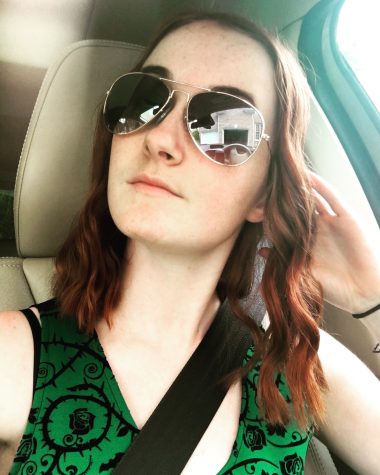



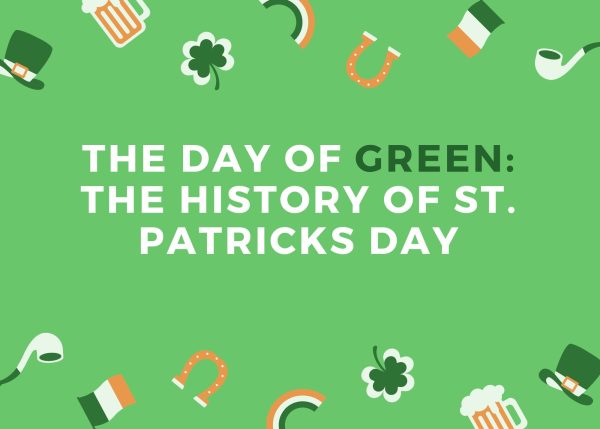

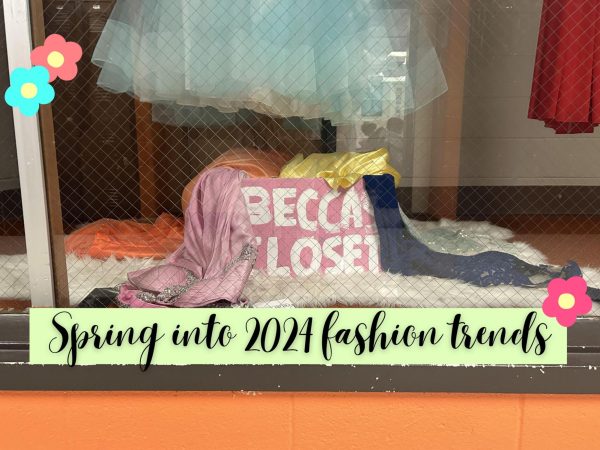
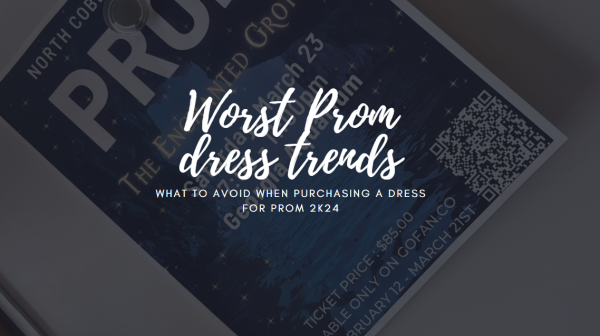
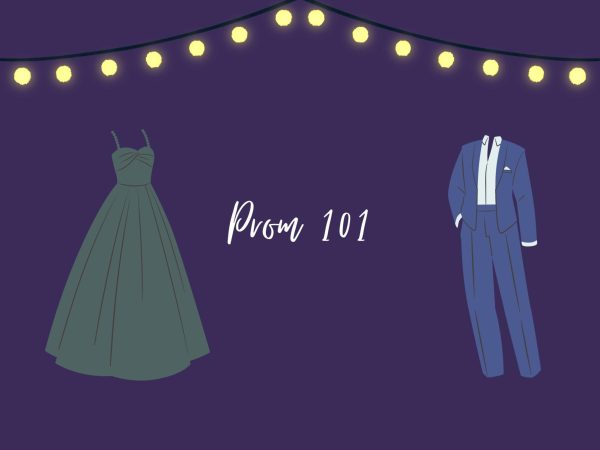


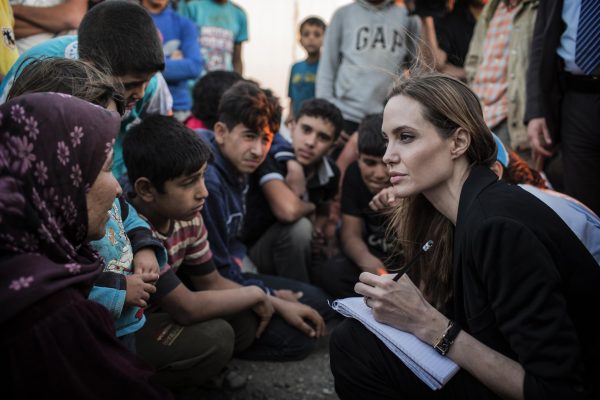
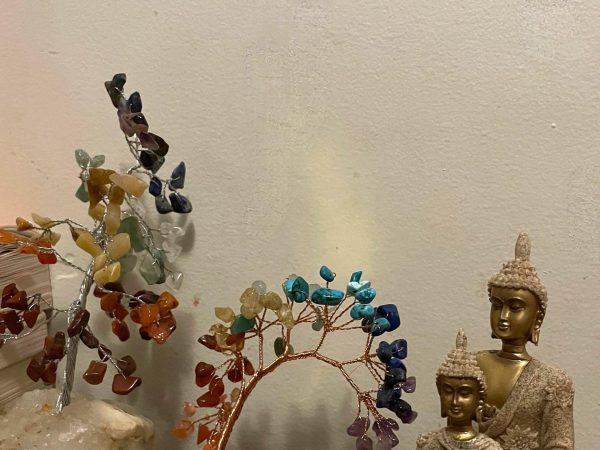
Darren Marshall • Nov 29, 2016 at 7:04 PM
Very impressive review! I really appreciate the details. I read your review to my three year-old daughter who has not seen the movie, but wants to know everything she can about it! Though I’m certain a goodly percentage of your carefully selected language and excellent organization and development were beyond her comprehension, you did a great job unveiling enough specific and important elements of the film to keep her preliterate mind engaged and craving more! Great job!
Thanks!